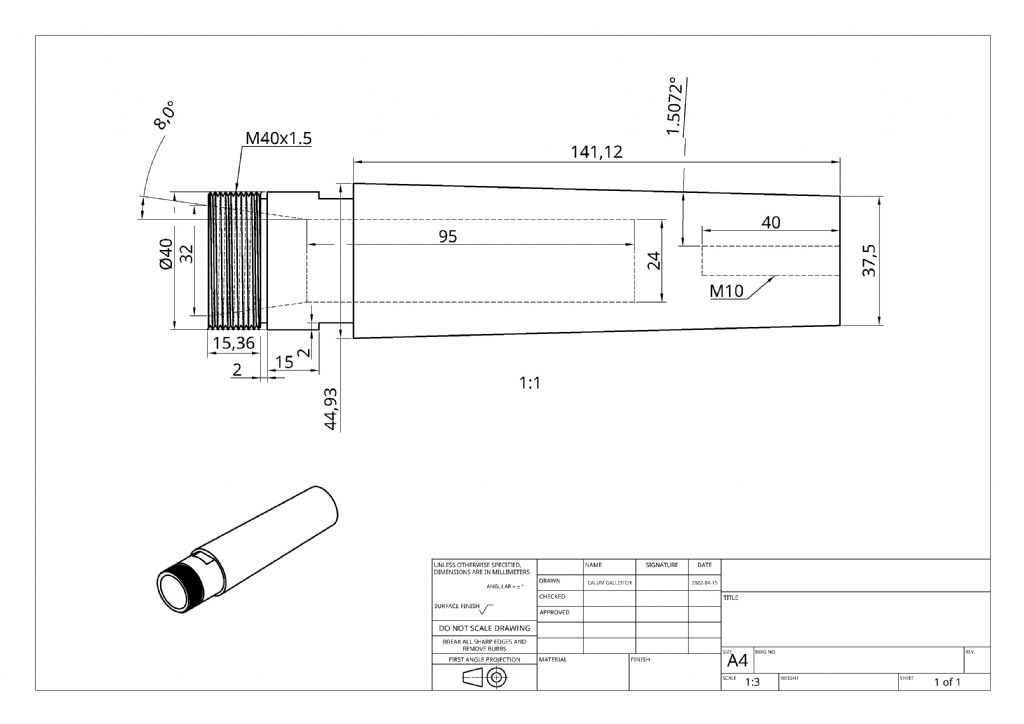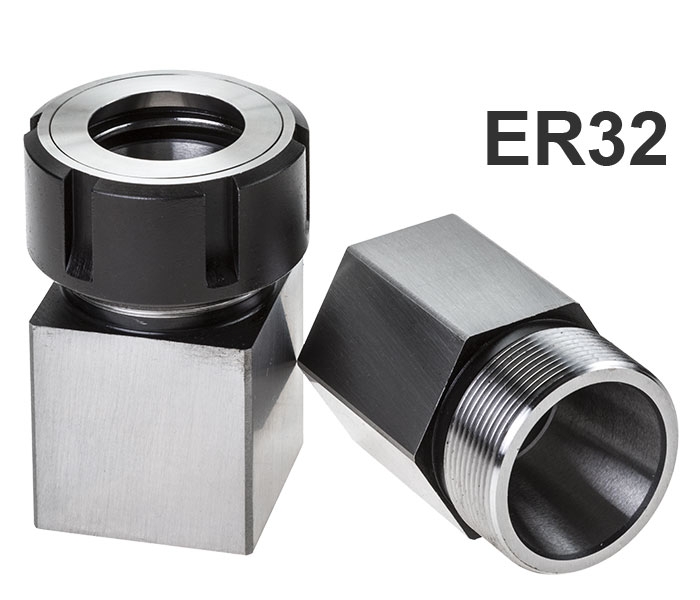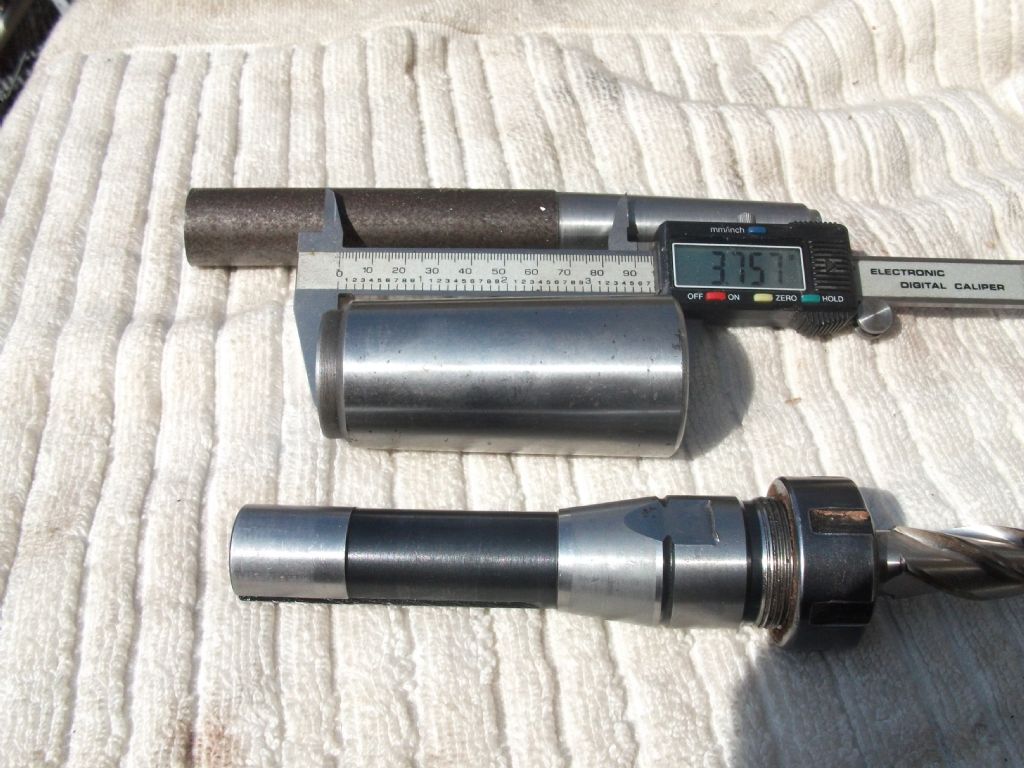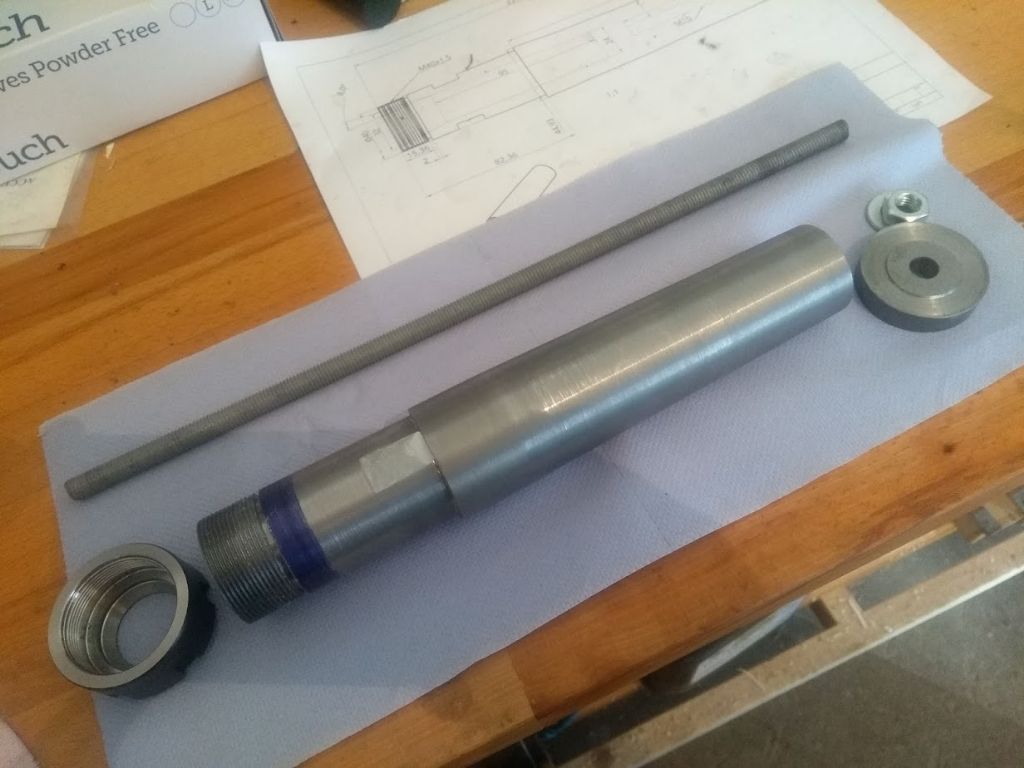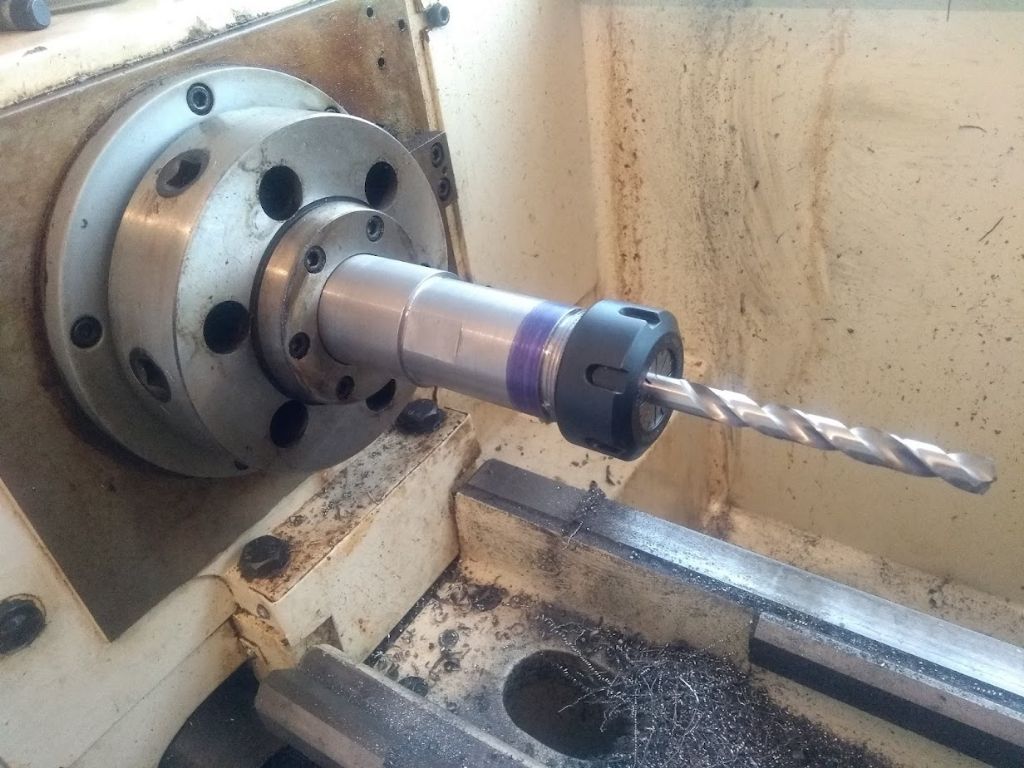> If they are not ideal for milling cutters, what is their designed purpose?
My understanding is that ER collets are not suitable for high torque applications, including heavy milling. Not that I intend to be doing heavy milling in the lathe anyway!
> A purchased ER32 collet block held in a four jaw chuck
Yes, I have one of these and I considered it, but I don't want to mar the external surface, as I want to be able to use it accurately in a vice, and I definitely don't want to have to dial a tool in every time I move something (my 4-jaw chuck is excessively large, a story for another day!) I was also unsure how secure a hold such a setup would really have, though it's interesting to hear that others have done.
> How will you produce the perfectly flat-bottomed holes shown in your drawing?
I will assert they are flat, and none of you will be any the wiser 😀 No, the ends of the holes will be left as is, I don't think they're particularly crucial.
> there is no guarantee that the "turn down ER end OD" will remain concentric, so forming this at such an early stage is wasted work.
It creates a space for the taper to run into, meaning that as I turn the taper down I can easily measure when I have hit the big end dimension that I want, and then use that end as a reference to face the small end to length. No, not concentric, but adequate for the operations that I'll be doing with it, I think – I don't think a drawbar has to achieve perfect concentricity. I might turn that initial OD between centres anyway just for the practice of doing so.
> You will need very straight, parallel stock to run an indicator against
Quite. It was off topic but part of this exercise will be making a between centres test bar as I've never aligned the tailstock, although it is pretty good as is for the small stuff I have done so far.
> How will you check the fit of the taper?
I'm planning to use Harold Hall's "flange" method to dial in angles both for the morse taper and the collet taper – if his claims for the accuracy of the method are true then there shouldn't be much test fitting required. But taking the piece out and removing the dead centre for a test fit isn't that onerous.
> MT5 to MT3 sleeve and your existing holder
Yes, and it would probably be sensible to have a couple of such sleeves on hand. My existing holder is MT2 which feels like a big step for these sleeves. I want to make from scratch for a few reasons though – the experience of having done it (these are all skills I want to use on trickier projects), less fiddling around hunting for things (given my ability to lose things this is not unimportant…), plus (hopefully) the accuracy of the thing being made in situ.
> As a 'constructional' point, it doesn't need the 24mm hole up it – the more metal in the neck of the shank the better..
I take the point, but there's over 8mm between the bottom of the hole and the outside taper – an MT5 taper is a beefy thing! For milling I certainly don't need all that depth, but it might well come in handy at some point for other purposes.
> If you drill and tap the M10 all the way through you would make it easier to tap and you can then screw the studding in to act as a back stop.
That's a good idea – thinking about it a drawbar probably isn't ideal as a precision backstop as it will probably move when tightened a bit but there's plenty room there to run say an M6 thread down the middle. I'd probably make it adjustable from the spindle end though as my spindle is about 400mm long so getting an allen key down there might be tricky!
Calum.


